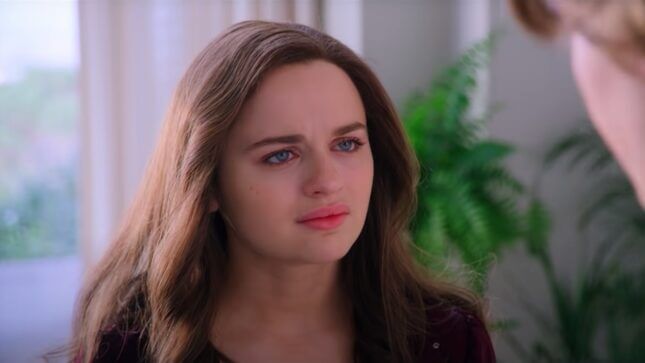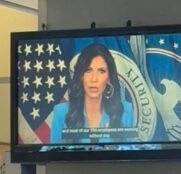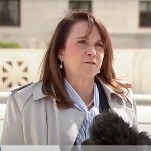

In 2018, a seemingly innocuous high school rom-com called The Kissing Booth became a Netflix hit with repeat viewership—an impressive feat, considering that Netflix never publishes its “ratings,” but did report to the New York Times that one in three viewers watched the film more than once. That’s 30 percent more than the normal rate. As someone curious about most culturally celebrated and critically confounding art, I watched the film and found myself impressed with both its optimism and painfully predictable plot, which registered like fanfiction come alive sans mythological creatures. (You know, the kind where 16-year-olds drive down the Pacific Coast Highway on motorcycles, exhibiting freedoms most parents would be pretty concerned about… but there are no vampires.) If movies could be naive, surely this one was.
The Kissing Booth had no nuance. It was too long, plot holes were filled by compounding sub-plots and, as Indiewire’s Kate Erbland wrote at the time, it took a “sexist and regressive look at relationships that highlights the worst impulses of the [teen rom-com] genre.” Then I learned The Kissing Booth was adapted from an original story published to Wattpad, a site best known for fan fiction, in 2011 by Beth Reekles, a 15-year-old living in Wales. No wonder the stilted construction reminded me of another surprising smash: 2019’s After, the film adaptation of a very horny Harry Styles—excuse me, Hardin Scott—fan fic. These movies are teen fantasies written for teens by teens (or young twenty-somethings, in the case of Todd) meant to be enjoyed and not considered, to go down easy without a second thought—unless, of course, that thought is, “Let’s watch this again.” They are ostensibly criticism-proof. As lead actor, Joey King, told The Times last year, “[Critics] are forgetting what it’s like to watch a movie and not have to think about how happy you feel. The Kissing Booth just makes you feel good.” So I watched The Kissing Booth’s sequel, The Kissing Booth 2, to try to feel good.
-

-

-

-

-

-

-

-

-

-

-

-

-

-

-

-

-

-

-

-

-

-

-

-

-

-

-

-

-

-

-

-

-

-

-

-

-

-

-

-








































